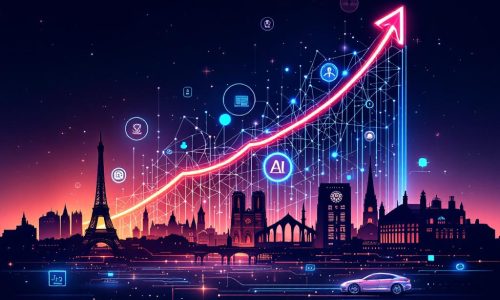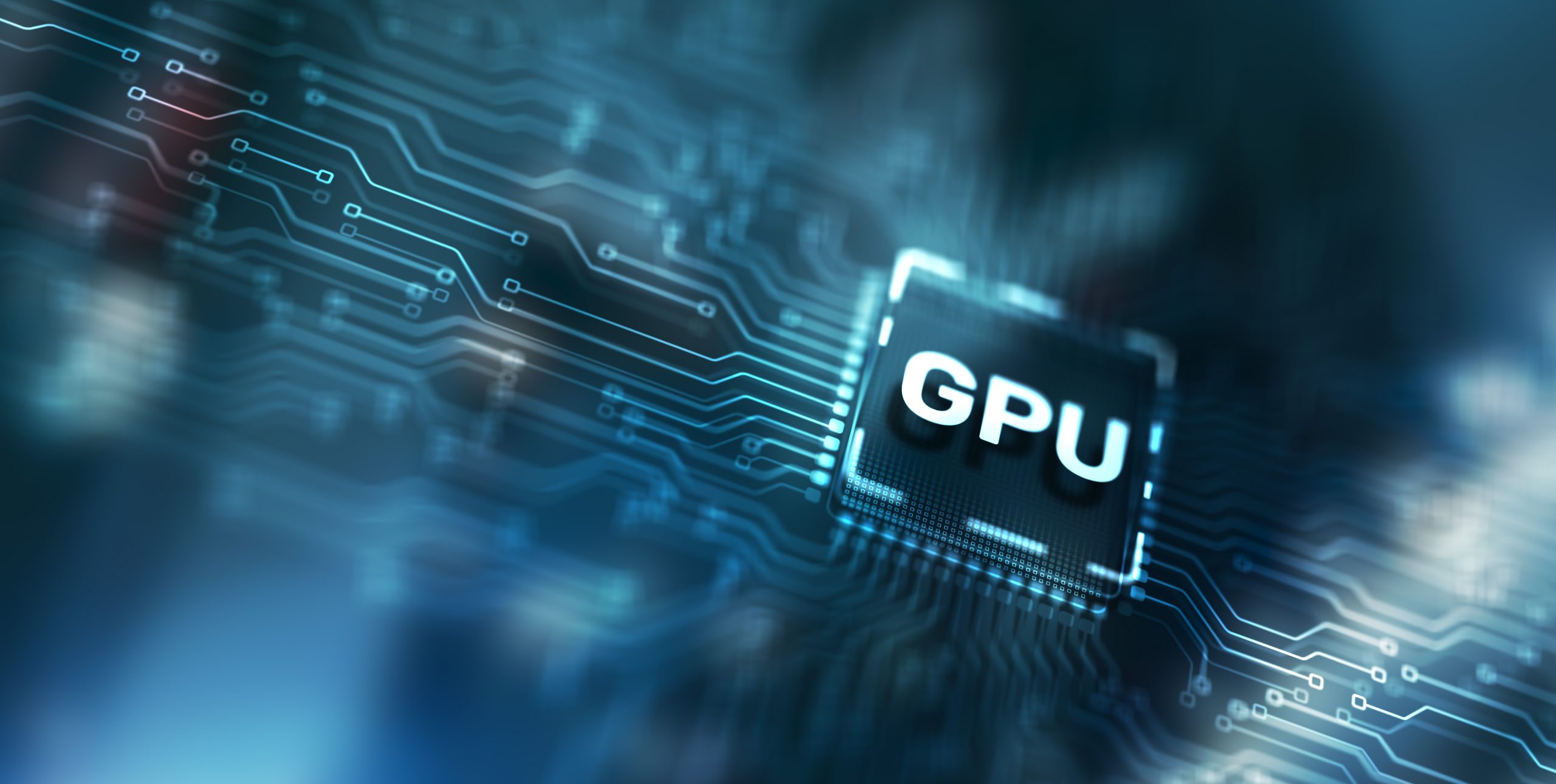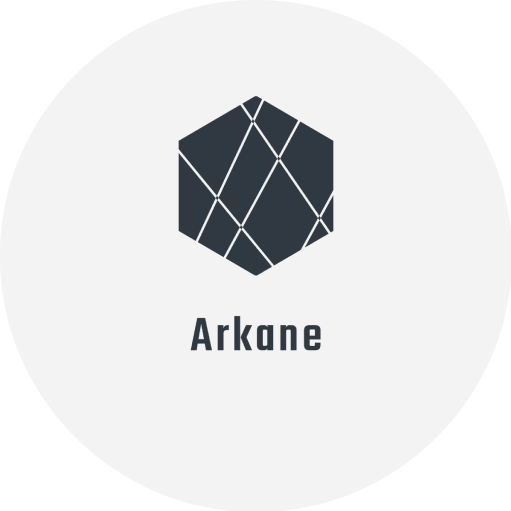
Benefits of GPU Serverless for Machine Learning Workloads

Introduction to Serverless GPU Computing
The advent of serverless GPU computing marks a significant shift in the landscape of high-performance computing, particularly for machine learning workloads. This technology enables organizations to leverage the immense power of GPUs (Graphics Processing Units) in a cloud-based, serverless architecture. Traditionally, GPUs were primarily associated with graphics rendering and gaming. However, their capacity for parallel processing has made them invaluable for more general-purpose computing tasks, especially in the realms of artificial intelligence (AI) and machine learning.
One of the key aspects of serverless GPU computing is its ability to alleviate the need for physical infrastructure management. This shift to a cloud-based model means that enterprises no longer have to bear the brunt of investing in and maintaining expensive hardware. Instead, they can access GPUs on-demand, scaling resources up or down as required, based on the computational intensity of their workloads.
In 2024, the use of serverless GPUs for machine learning is poised to become more widespread and sophisticated. Enterprises are increasingly realizing the challenges of building large language models (LLMs) from scratch, especially when it involves substantial investment in new infrastructure and technology. Serverless GPU computing offers a solution to this by providing full-stack AI supercomputing and software support in the cloud, making it easier for companies across industries to customize and deploy AI models. This approach is particularly beneficial in mining vast amounts of unstructured data, including chats, videos, and code, thus enabling businesses to develop multimodal models and harness generative AI to a greater extent.
The serverless model, where the cloud provider takes over the management of the server infrastructure, also simplifies the data transfer and storage process. This simplification is crucial when dealing with large datasets that need to be efficiently processed and moved between storage and GPU instances. By handling these complexities, serverless GPU computing allows organizations to focus on their core activities, such as model development and optimization, rather than getting bogged down by the intricacies of infrastructure management.
Furthermore, the field of serverless machine learning model inference is evolving, with research focusing on efficient strategies for loading and unloading models to the GPU. As user traffic and frequency of model usage vary, it’s vital to have a system that can dynamically manage the allocation of models to GPU instances. This includes techniques for caching models in host memory to reduce loading times and treating GPU memory as a cache to optimize resource utilization and minimize idle time.
In conclusion, serverless GPU computing represents a revolution in the way high-performance computing resources are accessed and utilized, particularly for AI and machine learning applications. It offers a flexible, cost-effective, and efficient alternative to traditional computing infrastructures, enabling businesses to harness the power of GPUs without the complexities and costs associated with managing physical hardware.
For further insights into the recent advancements and trends in serverless GPU computing, you can explore the articles from NVIDIA and ar5iv.org.
Enhancing Machine Learning with Serverless GPU
The emergence of serverless GPU computing has significantly impacted the realm of machine learning (ML), providing a more efficient and agile approach to handling complex ML tasks. The core benefit of serverless GPUs in ML lies in their ability to facilitate accelerated processing, which is crucial for training and deploying large and complex models.
One of the key advantages of serverless GPU for ML is its ability to handle large language models (LLMs). These models, known for their computational intensity, are becoming increasingly important in various applications, from natural language processing to generative AI tasks. Serverless GPU offers a solution to manage these demanding workloads without the necessity for constant infrastructure changes. This flexibility is especially beneficial for businesses that require scalable and efficient computational power to run LLMs.
Moreover, serverless GPU platforms are adapting to the dynamic request patterns of ML inference workloads, offering scalable ML model serving. This is crucial in today’s environment, where the demand for real-time data processing and instant insights is ever-growing. The serverless model enables ML applications to scale according to demand, ensuring optimal resource utilization and cost efficiency.
The integration of serverless GPUs into ML workloads also simplifies the deployment and management of these applications. It minimizes the complexity of managing the infrastructure, allowing developers and data scientists to focus more on model development and less on the underlying hardware. This leads to a more streamlined and efficient development process, reducing time-to-market for ML applications and models.
In conclusion, serverless GPU computing is revolutionizing the way ML workloads are handled, offering a scalable, efficient, and cost-effective approach. By harnessing the power of serverless GPUs, businesses can accelerate their ML initiatives, driving innovation and staying competitive in a rapidly evolving technological landscape.
Cost-Effective and Flexible Computing
The integration of serverless GPU computing into machine learning (ML) workflows has revolutionized the cost structure and scalability of computational resources. The serverless model provides a particularly cost-effective solution by adopting a pay-as-you-go approach. This is a significant departure from traditional computing models that require substantial upfront investment in infrastructure and ongoing maintenance costs.
Serverless GPUs allow businesses to only pay for the GPU resources they actually use. This approach is particularly beneficial in scenarios where workloads are irregular or unpredictable. Traditional server setups often lead to either underutilization (and thus wasted resources) or over-provisioning (and hence unnecessary expenses). Serverless GPU computing addresses these challenges by offering dynamic resource allocation, ensuring that computing power is available when needed and scaled back when it’s not.
This flexibility extends beyond mere cost savings. It enables businesses, particularly those involved in ML and AI, to experiment and innovate without the financial burden of maintaining a dedicated server infrastructure. Companies can dynamically adjust their resource usage based on the current demands of their ML projects, allowing for a more agile development process.
The serverless model is also advantageous for small and medium-sized enterprises (SMEs) that may not have the capital to invest in high-end computing hardware. It opens up opportunities for them to engage in complex ML tasks that were previously out of reach due to cost constraints.
In conclusion, serverless GPU computing offers a flexible, scalable, and cost-effective solution for ML workloads, enabling businesses of all sizes to leverage the power of GPU computing without the associated capital and operational costs of traditional models.
Simplifying Infrastructure Management
Serverless GPU computing represents a paradigm shift in the way businesses handle the infrastructure for machine learning (ML) and high-performance computing tasks. At the heart of this shift is the abstraction of the underlying hardware, allowing developers and data scientists to focus more on their application development rather than on managing infrastructure.
Traditionally, managing a GPU infrastructure required significant resources, both in terms of hardware investment and ongoing maintenance. This often proved to be a challenge, especially for smaller organizations or those with fluctuating computational needs. Serverless GPU computing addresses this by offloading the responsibilities of hardware management to cloud service providers.
In a serverless GPU environment, the complexity of provisioning, scaling, and maintaining the infrastructure is handled by the cloud provider. This simplification greatly reduces the operational overhead for businesses. Teams can then concentrate on developing innovative solutions and algorithms, rather than being bogged down by infrastructure-related tasks. This is particularly beneficial in fields such as artificial intelligence, where the focus is on model development and optimization.
Serverless GPU computing also offers enhanced flexibility. Developers can dynamically adjust the computational resources based on the specific needs of their applications. This adaptability is crucial for workloads with varying computational requirements. For instance, in ML workflows, serverless GPU can be used for everything from training complex models to real-time data processing and inference tasks. The ability to scale resources up or down as needed, without the hassle of managing dedicated servers, is a significant advantage.
Moreover, serverless architectures are event-driven, responding efficiently to triggers or events. This is particularly useful in ML workflows where models may need to be updated or retrained in response to new data or specific events.
In conclusion, serverless GPU computing not only simplifies infrastructure management but also offers a cost-effective, scalable, and flexible solution for businesses looking to leverage the power of GPU for their computing needs. This approach is revolutionizing the way organizations handle their computational tasks, especially in the rapidly evolving fields of ML and AI.
Challenges and Best Practices in Serverless GPU Adoption
Adopting serverless GPU for machine learning (ML) presents both challenges and opportunities. Understanding these intricacies is crucial for businesses aiming to leverage this technology effectively.
Overcoming Challenges
- Limited GPU Types and Configurations: One of the primary hurdles in adopting serverless GPU is the potential limitation in available GPU types and configurations. As cloud providers expand their offerings, businesses must evaluate compatibility and performance requirements to ensure optimal GPU utilization.
- Data Transfer and Storage Management: Efficiently processing and moving large datasets between storage and GPU instances is another challenge. Careful planning and optimization are essential to address these issues and ensure smooth operation.
- Training and Inference Scalability: Organizing deep learning applications in the cloud comes with the challenge of maintaining GPU clusters for training and inference. The cost of GPU clusters and the difficulty in dynamically scaling them pose significant challenges, especially for inference tasks that require short, intensive processing.
Best Practices for Adoption
- Dynamic Clusters for Training Models: Utilize services like AWS Batch for dynamic GPU cluster allocation, allowing for efficient training on various hyperparameters. This approach helps in reducing costs by using spot instances and avoiding payments for idle instances.
- Serverless Approach for Inference: Implement a serverless architecture for inference tasks. This setup allows for scalable, reliable architecture, managing large batches more efficiently and scaling almost instantly. This method is cost-effective as it operates on a pay-as-you-go model, providing more processing power for the same price and enabling horizontal scaling without limitations.
- Integration with Cloud Infrastructure: Leverage the serverless GPU with other cloud infrastructure parts for streamlined workflows. This includes using deep learning RESTful APIs with API Gateway, deep learning pipelines with SQS, and deep learning workflows with Step Functions. Such integrations facilitate complex training, inference, and frequent model retraining necessary for real business applications.
By understanding these challenges and adopting best practices, businesses can harness the potential of serverless GPUs to drive innovation, accelerate AI and ML workloads, and unlock new possibilities in high-performance computing.
Future Trends in Serverless GPU Technology
The future of serverless GPU technology, particularly for machine learning applications, is marked by several promising trends that are set to redefine the landscape of high-performance computing and AI model deployment.
- Increased GPU Instance Availability: As the demand for serverless GPU computing grows, we can expect cloud providers to offer a more diverse range of GPU instance types. This development will cater to specific user requirements, including memory capacity, compute power, and cost considerations. Such diversity in GPU instances will enable organizations to fine-tune their workloads for optimal performance across various applications, from data-intensive tasks to complex AI algorithms.
- Development of Advanced Tooling and Frameworks: The evolution of serverless GPU technology will likely be accompanied by the creation of advanced tooling and frameworks. These innovations aim to simplify the process of developing, deploying, and managing GPU-accelerated applications within a serverless environment. By offering higher-level abstractions, pre-built functionalities, and optimized libraries, these tools will allow developers to focus on application logic rather than infrastructure management, thus reducing development time and complexity.
- Integration with Machine Learning Platforms: The natural synergy between serverless GPU computing and machine learning is poised for closer integration. Future trends indicate a more streamlined deployment and scaling process of GPU-accelerated machine learning models. This integration will facilitate the use of serverless GPU for a wide range of AI and ML workloads, making it easier for organizations to harness the power of advanced computational resources.
- Enhanced Scalability and Auto-Scaling Features: Scalability is a cornerstone of serverless computing, and upcoming advancements will likely focus on improving the scalability of serverless GPU solutions. Sophisticated auto-scaling capabilities will allow applications to dynamically adapt their GPU resource allocation based on fluctuating workloads, ensuring efficiency in performance and cost.
- Advancements in GPU Performance and Efficiency: As serverless GPU technology matures, we can anticipate significant improvements in GPU performance and energy efficiency. Continuous efforts by cloud providers and hardware manufacturers to enhance GPU architectures will likely result in faster, more power-efficient GPUs, thus elevating the performance levels of serverless GPU-accelerated workloads.
These future trends highlight the potential of serverless GPU technology to revolutionize high-performance computing, machine learning, and AI applications, driving innovation and efficiency in various industries. As these trends unfold, organizations are poised to benefit from the enhanced capabilities and flexibility offered by serverless GPU technology.
Use Cases of Serverless GPU Computing
Serverless GPU computing is transforming the field of machine learning (ML) and artificial intelligence (AI), offering enhanced capabilities in various applications:
- Machine Learning and Deep Learning: Serverless GPUs are pivotal in accelerating training and inference tasks in AI. They provide the computational resources needed for processing complex machine learning models and deep neural networks. This accelerates the development and deployment of ML models, facilitating rapid advancements in natural language processing, computer vision, and more.
- High-Performance Computing (HPC): In scientific research and simulations, serverless GPUs play a crucial role. They enable faster and more accurate simulations, aiding in breakthroughs in various scientific fields. This is particularly beneficial for time-sensitive computations and intricate modeling tasks.
- Data Analytics and Big Data Processing: Serverless GPUs significantly enhance the capability to analyze vast amounts of data. They provide the necessary computational power to process large datasets quickly, enabling near-real-time analytics. This is crucial for data-driven decision-making and improving operational efficiencies in various industries.
In essence, serverless GPU computing is a game-changer, offering scalable, efficient, and powerful computational resources for diverse applications in AI, ML, and beyond.
Newsletter
You Do Not Want to Miss Out!
Step into the Future of Model Deployment. Join Us and Stay Ahead of the Curve!

![The 4 Major Corporate Fears About AI [and How Arkane Crushes Them]](https://arkanecloud.com/wp-content/uploads/elementor/thumbs/image-fears-r83x02fmwkg0873grkx2f5jvdsy2k1b00h5jqz1vi0.png)



